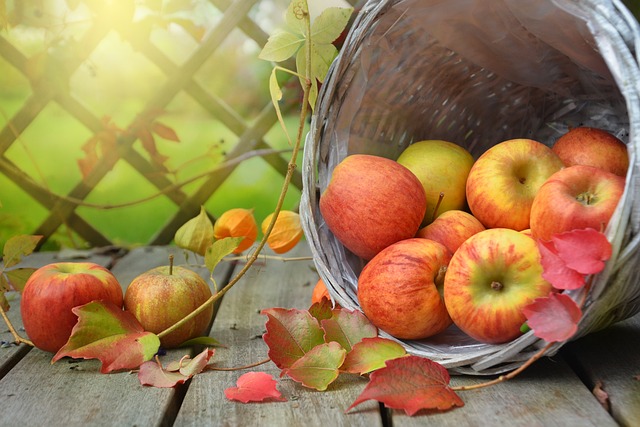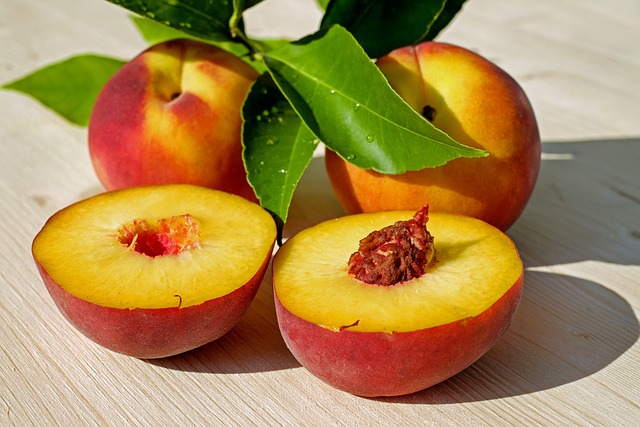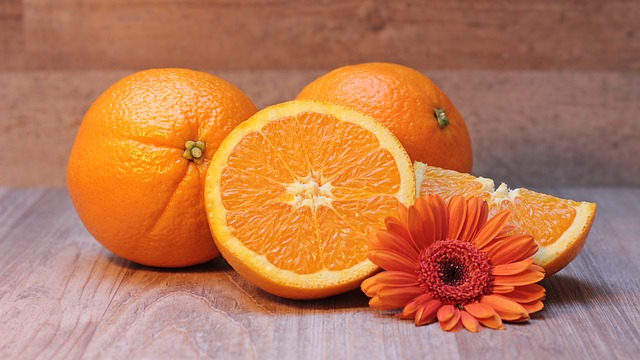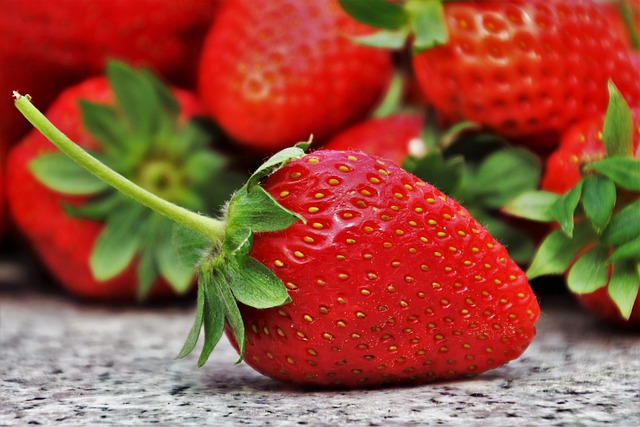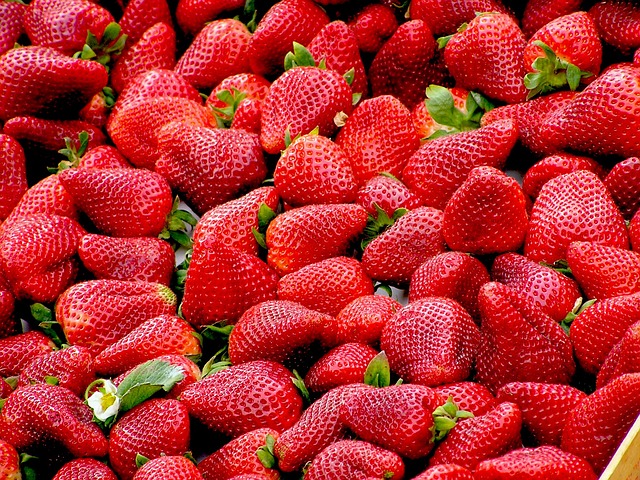7 Unexpected Ways to Incorporate Probiotics Into Your Daily Routine
Probiotics are live microorganisms that can provide a wide range of health benefits when consumed in adequate amounts. While many people associate probiotics with yogurt or fermented foods, there are actually many other ways to incorporate these beneficial bacteria into your daily routine. Here are seven unexpected ways to add probiotics to your diet:
1. Kefir
Kefir is a fermented milk drink that is similar to yogurt but has a thinner consistency and a tangier taste. It is a rich source of probiotics, with up to 30 different strains of bacteria and yeast. You can drink kefir on its own, use it to make smoothies, or even pour it over your cereal in the morning.
2. Kimchi
Kimchi is a spicy Korean side dish made from fermented cabbage, radish, or other vegetables. It is a good source of probiotics and also contains a range of other beneficial nutrients, such as vitamins A and C. You can eat kimchi on its own, as a side dish, or use it to add flavor to soups, stir-fries, or grilled meats.
3. Kombucha
Kombucha is a fermented tea drink that is made by adding sugar and a symbiotic culture of bacteria and yeast (SCOBY) to black or green tea. It is rich in probiotics and also contains antioxidants and other beneficial compounds. Kombucha has a tangy, slightly sweet flavor and can be served cold or hot.
4. Miso
Miso is a traditional Japanese seasoning that is made from fermented soybeans, rice, or barley. It is a rich source of probiotics and also contains other beneficial compounds, such as vitamin K and antioxidants. Miso can be used to flavor soups, marinades, dressings, or even desserts.
5. Pickles
Pickles are cucumbers or other vegetables that have been soaked in a mixture of water, vinegar, and salt. The fermentation process creates a tangy, sour flavor and also produces probiotics. Pickles can be eaten on their own, used as a garnish, or added to sandwiches, salads, or burgers.
6. Sauerkraut
Sauerkraut is a German side dish made from fermented cabbage. It is high in probiotics and also contains vitamins C and K, as well as other beneficial nutrients. Sauerkraut can be eaten on its own, used as a topping for hot dogs or sandwiches, or added to casseroles or stews.
7. Tempeh
Tempeh is a soy-based food that is made by fermenting soybeans with a mold. It is a good source of probiotics and also contains protein, fiber, and other beneficial nutrients. Tempeh has a nutty flavor and can be used as a meat substitute in stir-fries, salads, or sandwiches.
Whether you are lactose intolerant, vegan, or just looking for new ways to boost your probiotic intake, these seven unexpected foods are a great way to incorporate these beneficial bacteria into your daily routine. Adding more probiotics to your diet can improve your digestion, enhance your immune system, and even boost your mood, so why not give them a try?

